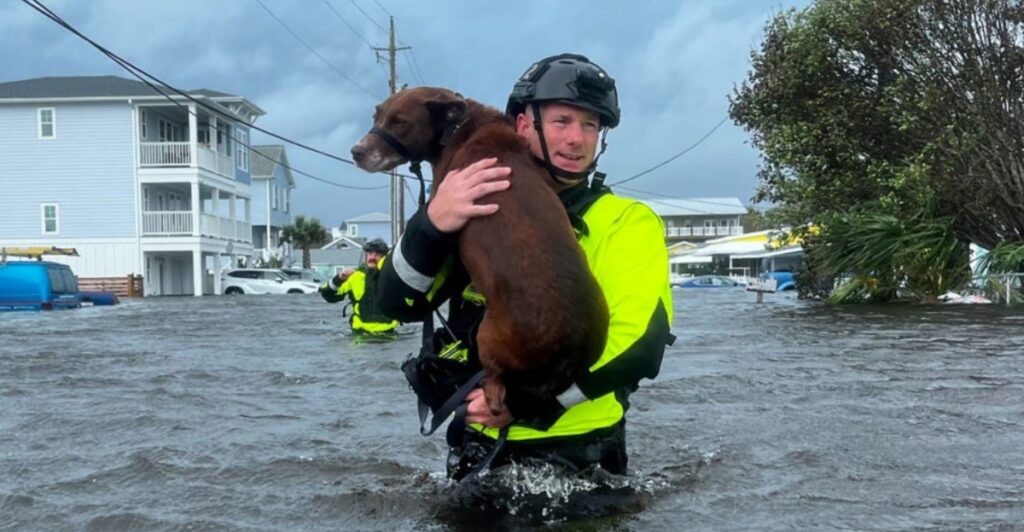
Areas like Eastwick in Philadelphia have been relying on grants from the United States Environmental Protection Agency to help local communities in the aftermath of severe flooding. Recently, it has been revealed by officials that this crucial funding that many people need is now being cut.
The termination of these grants reflect a greater shift in federal funding policies. Understanding the reasoning behind these reprioritizations is important for understanding the implications that they will have on the affected communities.
The EPA has an important role in supporting communities against floods and have had a noticeable impact. These new changes in policy show a relationship between environmental challenges and how they affect both human and wildlife communities.
Historical Context
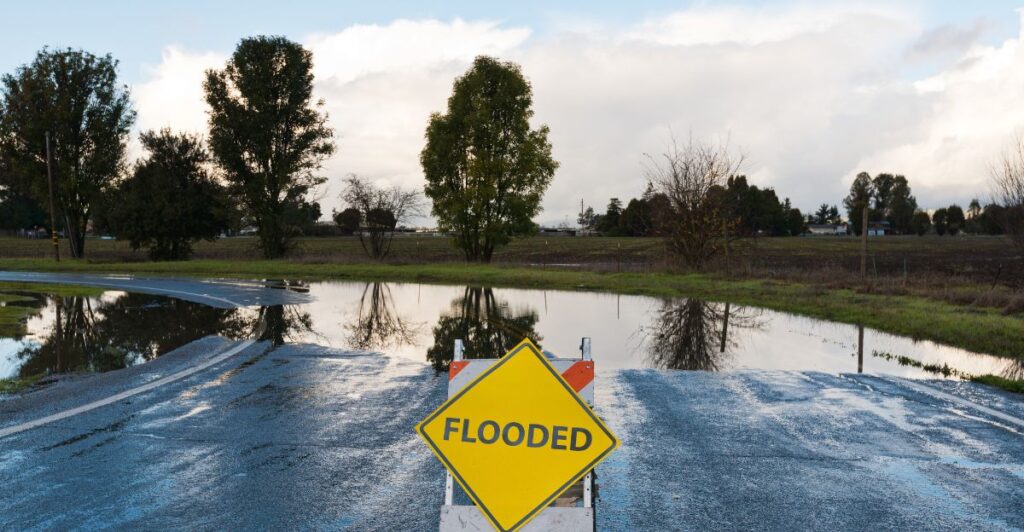
Eastwick and many other areas have been fighting against flooding for decades due to their closeness to the waterline. Many of these communities are built on marshlands and their urban development has only left them more prone to frequent flooding.
The EPA’s grants have helped fund various projects that support mitigation efforts and reduce the risks of flooding. These projects include wetland restoration and stormwater management systems.
The recent termination of these grants shows a broad change in environmental policy and reflected perceptions and attitudes towards conservation and administrative goals. Many communities may be left vulnerable to increased flood risks without previous resources.
Flood Management
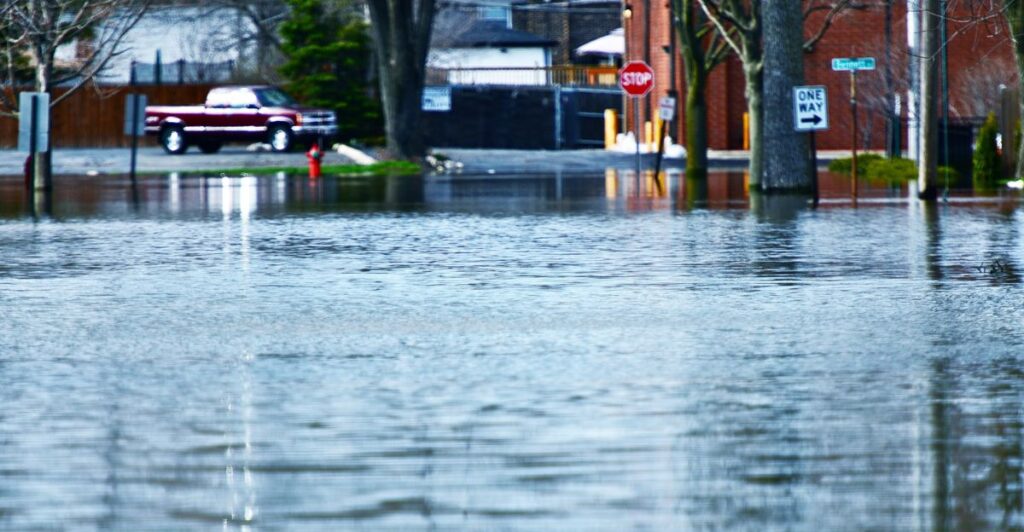
Flood management in recent years has relied on advanced technological and community engagement. These resources are expensive solutions to act as both a “safety net” and give communities warnings of impending floods.
Remote sensing has played a pivotal role in predicting incoming floods and green infrastructure, like wetlands and green roofs, have reduced both stormwater runoff provided important habitats for local wildlife to populate and enhance local biodiversity.
Without these EPA grants, local communities may not be able to afford to keep using these technologies and infrastructure. This could worsen flood risks and negatively impact communities and local wildlife habitats.
Challenges Faced
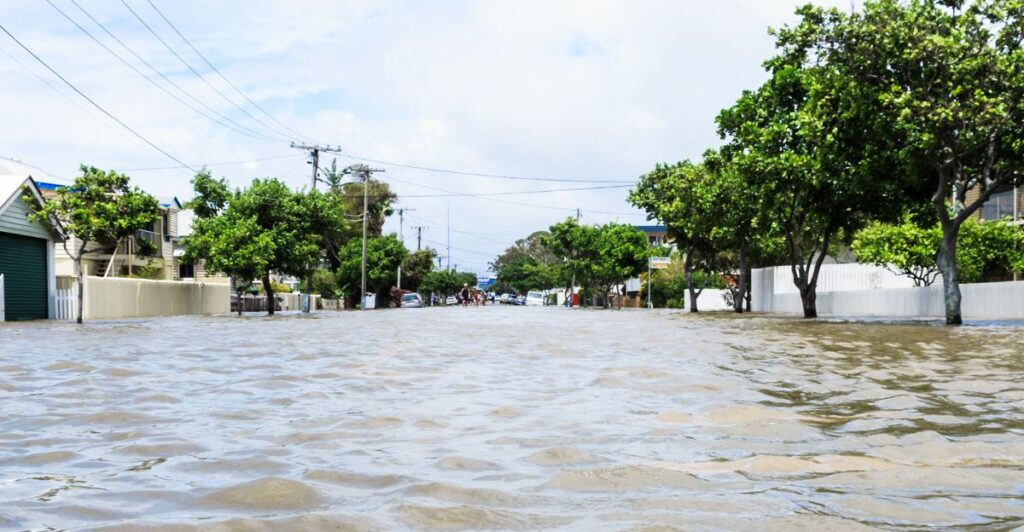
Flood-prone areas face increased threats and numerous challenges due to increased runoff from urbanization and climate change factors. With these challenges only serving to amplify risks, sustained funding for projects was the only effective way of mitigating floods.
The severed EPA grants not only affect ongoing flood relief efforts but also have long-term implications for research and strategies that would have fostered more resilience and protected local wildlife habitats.
Increased economic burdens on residents as well as environmental degradation could be a result of strained projects without necessary resources. Increased flooding could contaminate local water sources, which are necessary for the survival of many species specialized to fresh water environments and for local communities that rely on clean water for infrastructure.
Impact On Communities
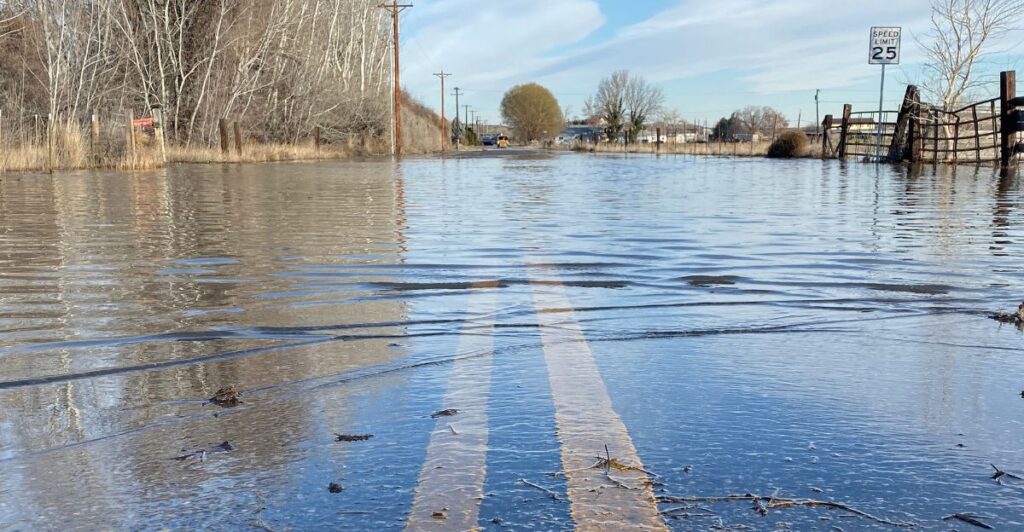
The impact that the lack of funding will have on the resilience of local communities to flooding is severe. Aberdeen Gardens in Hampton is just one example of a community that relies on projects that improve stormwater management, which creates resilience against flooding.
The projects impact broader community development goals, like reducing urban heat islands and improving overall environmental quality. Communities are predicted to struggle to maintain or further improve their resilience to future flooding, which is only becoming more severe due to climate change.
Communities’ quality of life may decline with the increased vulnerability to environmental disasters. Local wildlife habitats will be effected through habitat destruction.
Other Perspectives

There are other viewpoints that defend the cutting of funds to many projects, including those that feel communities should push to find new ways to solve these problems and will find new innovative ways in the process. This perspective overlooks the immediate risks that communities face and the continued support they need during ongoing risk events.
Significant resources are needed to aid both communities that are prone to flood-risks due to the geological locations and wildlife habitats that have specialized species which are extremely vulnerable to environmental change such as increased salinity in freshwater environments due to the introduction of saltwater.
The loss of federal funding will mean that many communities will lack the capacity to defend against floods and will not be able to quickly adapt. The time it would take to develop new solutions would leave communities and wildlife vulnerable in the short term with no mitigation efforts put into place.
Extreme Examples

There are extreme examples of communities being negatively affected by flooding. Historically, the Parana River Basin has had a devastating impact with the lack of effective flood management systems. Both wildlife and local communities were impacted and this will most likely be repeated with the lack of future funding from the EPA.
Eastwick and Kipnuk communities are particularly vulnerable and have relied heavily on grants in order to survive the past flooding. The future for local communities, wildlife, and even economies is up in the air as they may sit vulnerable to only increasing flood risks.
Local fish populations and migratory bird nesting sites may be disrupted and destroyed by future flooding, leading to both ecological and economic damage.
Potential Solutions

There are potential solutions that could help communities and wildlife amidst the termination of EPA grants. These efforts include seeking alternative funding sources like private investments or state-level initiatives. More sustainable and cost-effective flood management strategies could become more of a focus for local communities and they could leverage local resources and experts.
The risk for communities and wildlife could also be mitigated by property buyout initiatives in areas that are the most flood-prone. These alternatives are potential solutions, but they cannot fully replace the sheer scale and impact that the EPA’s grants have had in the past, especially when resources and finances are limiting factors.
Partnerships between local governments, private entities, and local organizations could be necessary to meet the funding that is required to ensure continued progress and prevention in crucial projects.
Implications On Wildlife

The impacts on local wildlife in the absence of local EPA grants are not insignificant. These flood prevention projects have often involved preserving local habitats like wetlands, which provide important biodiversity to ecosystems.
In the absence of these projects, these habitats are at severe risk of destruction or degradation, which would lead to a decline or loss of local species.
As flood mitigation projects receive a lack of funding, more flooding would be prevalent, which would disrupt the local ecosystem and affect the balance of local wildlife populations. Alternative strategies may be required to address local wildlife separately from local communities.
Far-Reaching Implications
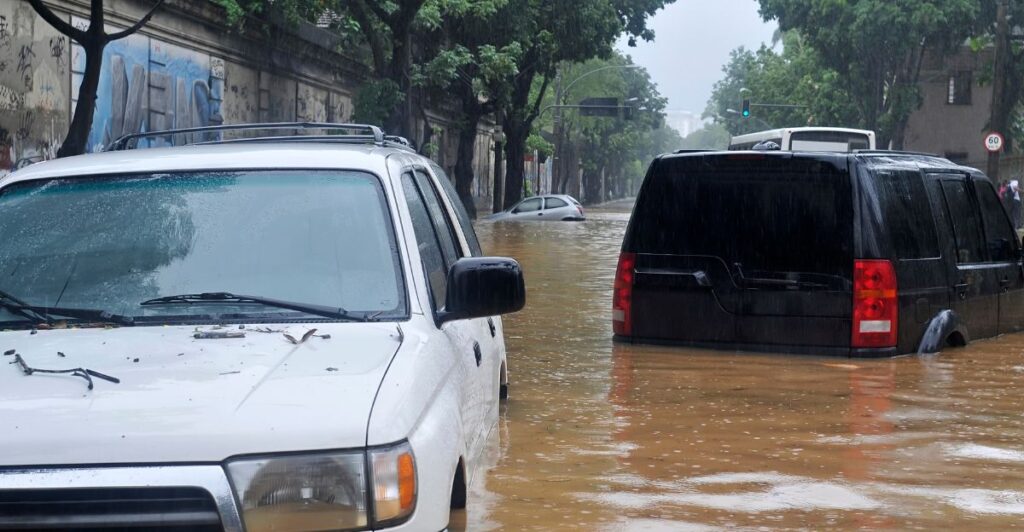
The termination of these grants for flood-risk areas has far reaching implications for many people and animals alike. While arguments defending the reprioritization have emerged, they lack alternative solutions that are required to be put into immediate effect to mitigate short-term risk factors.
Long-term effects depend entirely on local and national stakeholders and if anyone takes up the mantle to help fund essential projects in flood-risk areas. If future funding can be found, then the future of both humans and local wildlife could be secured and resilient fostered again.
A comprehensive approach is needed that considers the interconnected nature of human and natural systems amidst environmental risk factors.
Explore more of our trending stories and hit Follow to keep them coming to your feed!

Don’t miss out on more stories like this! Hit the Follow button at the top of this article to stay updated with the latest news. Share your thoughts in the comments—we’d love to hear from you!







